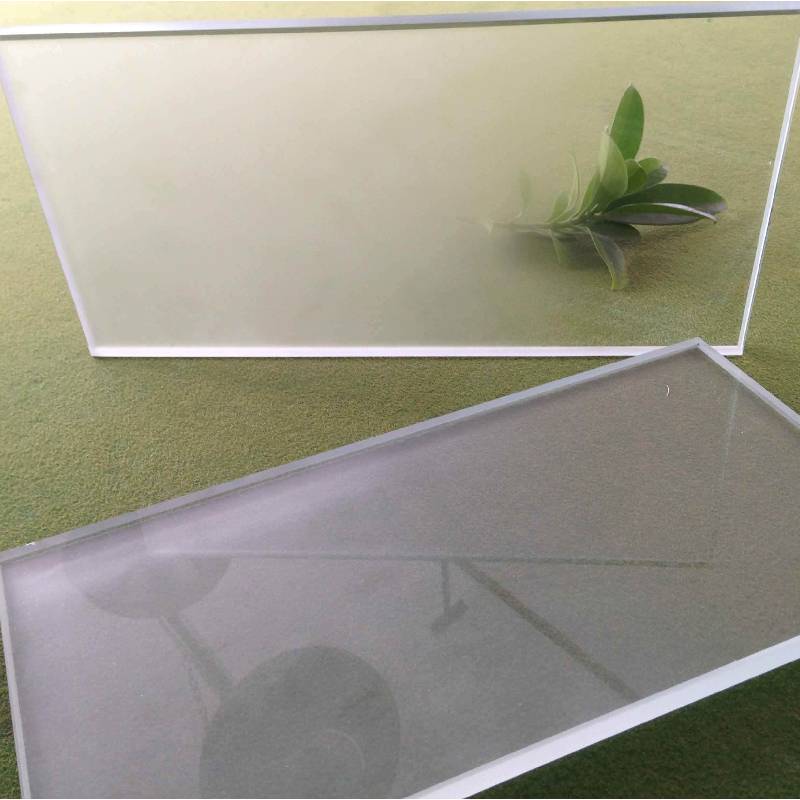

Understanding Tempered Glass Sheet A Comprehensive Overview
Tempered glass, also known as toughened glass, is a type of safety glass that has been treated with thermal or chemical processes to increase its strength compared to normal glass. This process not only enhances its durability but also makes it an ideal choice for various applications, from architectural designs to automobile windows. In this article, we will delve into the characteristics, manufacturing process, advantages, and applications of tempered glass sheets, providing a holistic view of this remarkable material.
Characteristics of Tempered Glass
One of the standout features of tempered glass is its enhanced strength. It is approximately four to five times stronger than regular glass of the same thickness. This heightened strength makes it more resistant to impact and thermal stress, which is why it is often used in environments where safety is a primary concern. When broken, tempered glass shatters into small, blunt pieces instead of sharp shards, reducing the risk of injury.
Additionally, tempered glass possesses superior resistance to thermal shock, enabling it to withstand sudden temperature fluctuations. This property makes it suitable for applications such as oven doors or glass shower enclosures, where exposure to rapid heat changes is common. Moreover, tempered glass can also come in various finishes, including clear, frosted, and tinted, allowing for customization to fit specific aesthetic requirements.
The Manufacturing Process
The production of tempered glass involves a meticulous process that begins with the selection of high-quality raw materials. The sheets are first cut to the desired size and shape before being subjected to intense heating in a furnace to achieve temperatures of about 620 to 680 degrees Celsius (1,148 to 1,256 degrees Fahrenheit).
Once heated, the glass is rapidly cooled through a method called quenching. This fast cooling solidifies the surface of the glass while the interior remains softer, creating a state of compression on the surface layers and tension in the core. This unique balance of stresses is what gives tempered glass its extraordinary strength. It is crucial to note that once tempered, the glass cannot be cut or modified, making precise measurements necessary from the outset of the manufacturing process.

Advantages of Tempered Glass Sheets
Tempered glass boasts numerous advantages that make it a preferred choice for many applications. Firstly, its high strength-to-weight ratio means that lighter frames can be used for installations, thus saving resources and costs in construction. Secondly, its safety features are particularly advantageous in public spaces, commercial buildings, and homes, where accidental breakage could result in serious injuries.
Furthermore, tempered glass is also UV resistant, which means it helps block harmful ultraviolet rays while allowing natural light to enter. This not only protects interiors from fading but also adds to the aesthetic appeal of spaces. Its adaptability allows it to be used effectively in various designs, enhancing visibility and creating an open atmosphere.
Applications of Tempered Glass Sheets
The versatility of tempered glass sheets makes them suitable for a wide range of applications. In the architectural sector, they are commonly used in facades, windows, and glass doors, combining safety with style. In residential settings, one can find tempered glass in areas such as shower doors, railing systems, and glass countertops.
Additionally, tempered glass is extensively utilized in the automobile industry, where it is used for side and rear windows due to its strength and safety features. Furthermore, it plays a critical role in the manufacturing of glass furniture, providing both elegance and resilience to various pieces.
Conclusion
In summary, tempered glass sheets represent a sophisticated solution for those seeking a durable, safe, and aesthetically pleasing material. Its unique manufacturing process culminates in a product that meets the rigorous demands of modern architecture, transportation, and design. As technology continues to advance, the applications of tempered glass will undoubtedly expand, further solidifying its position as a vital material in our daily lives. Whether for practical use or aesthetic enhancement, tempered glass sheets are a testament to the intersection of strength and beauty in modern design.